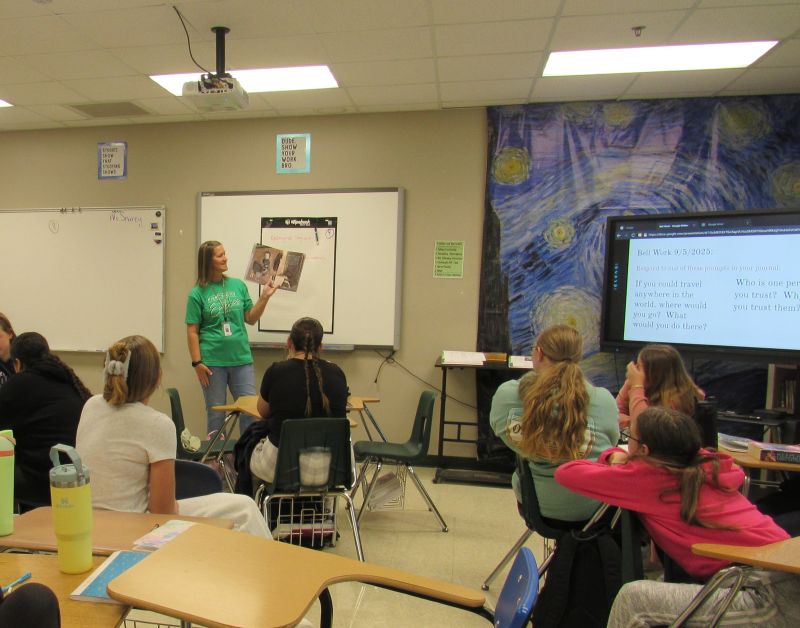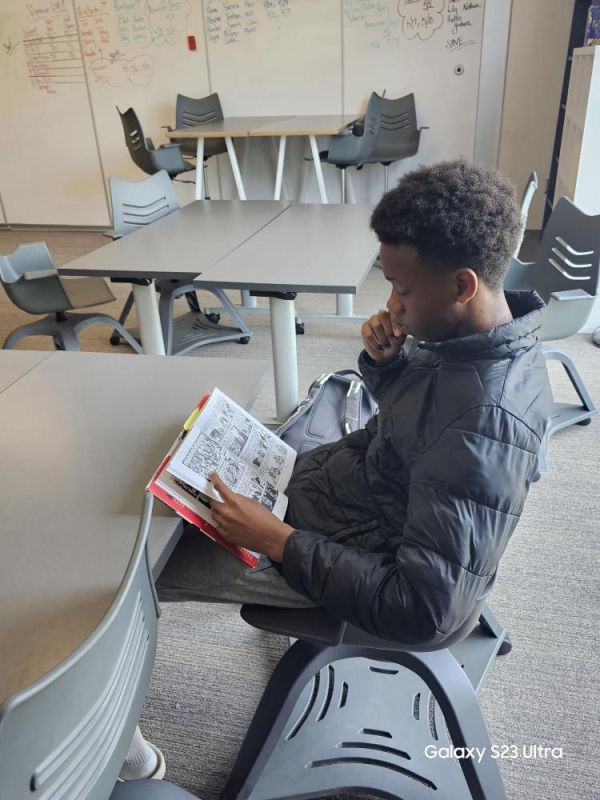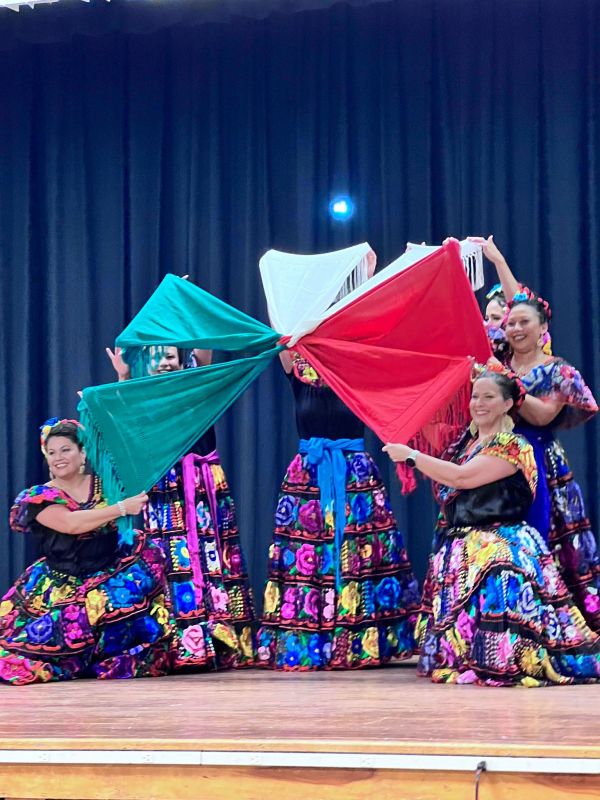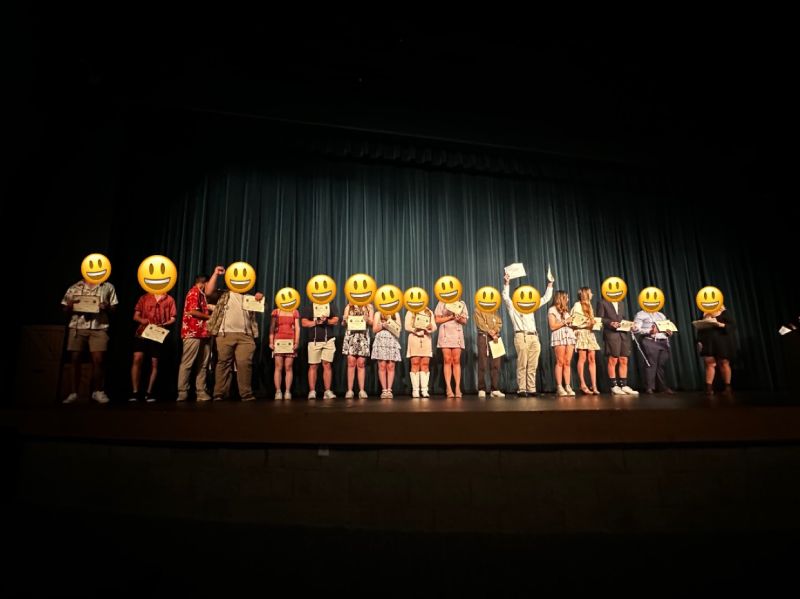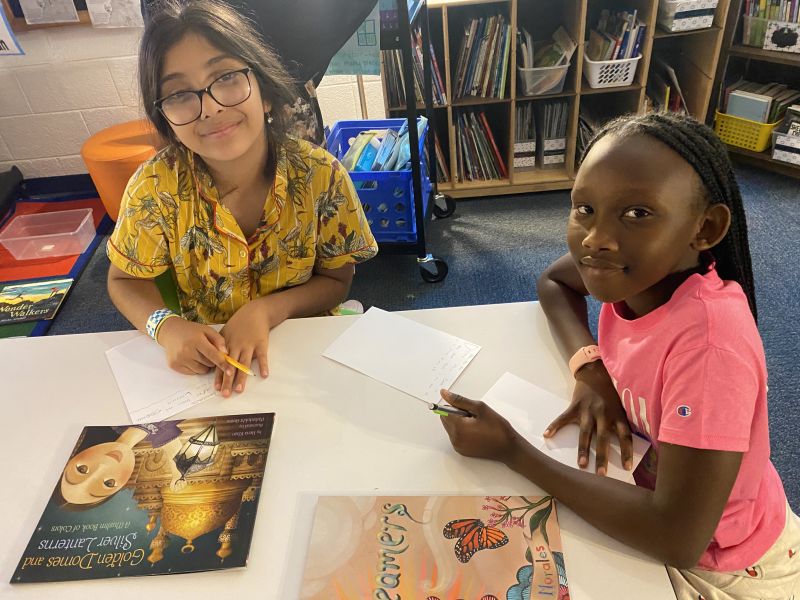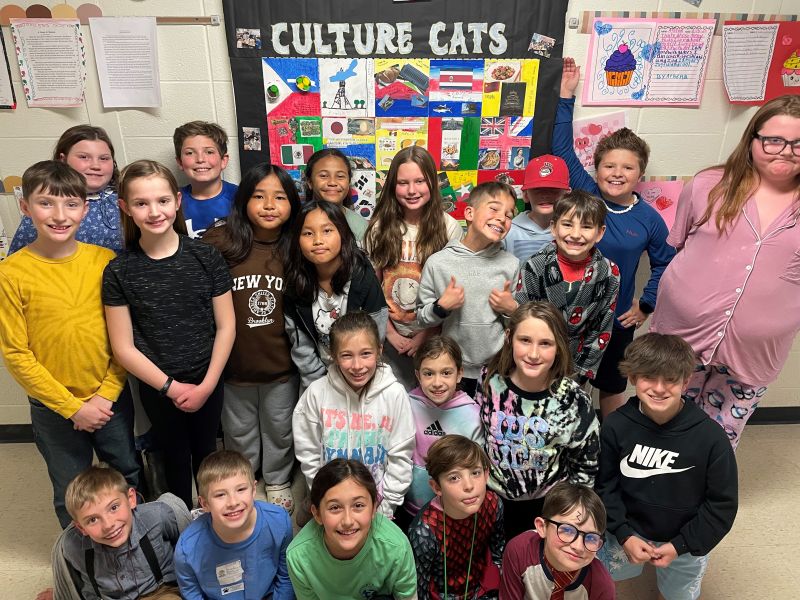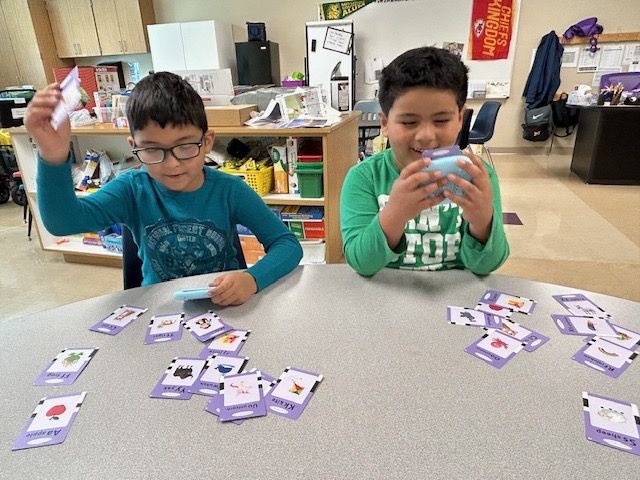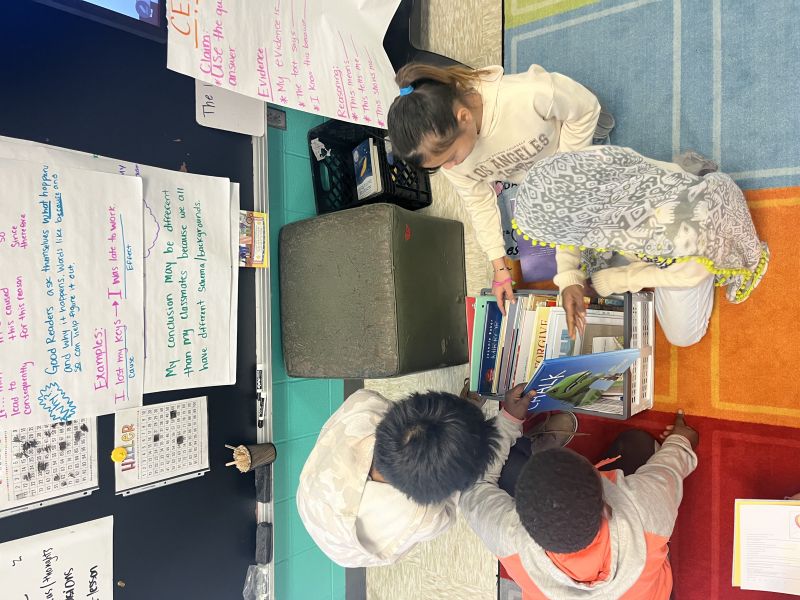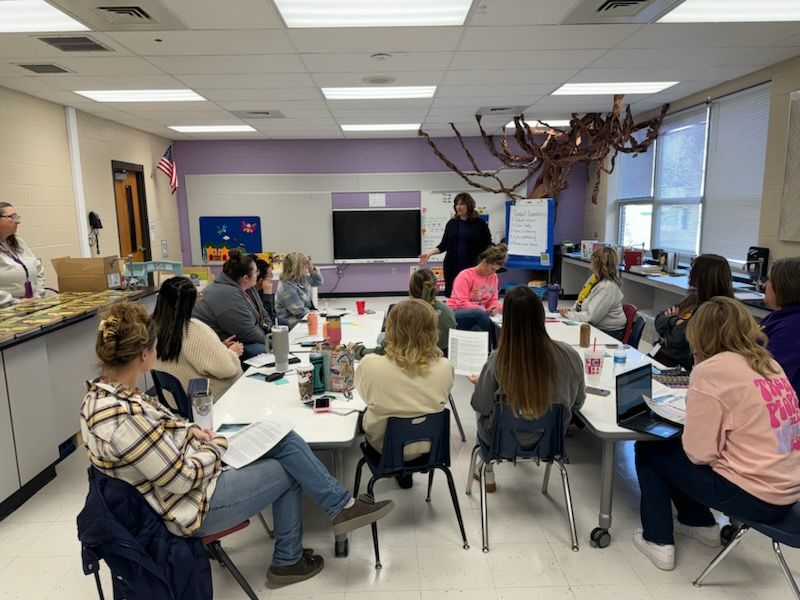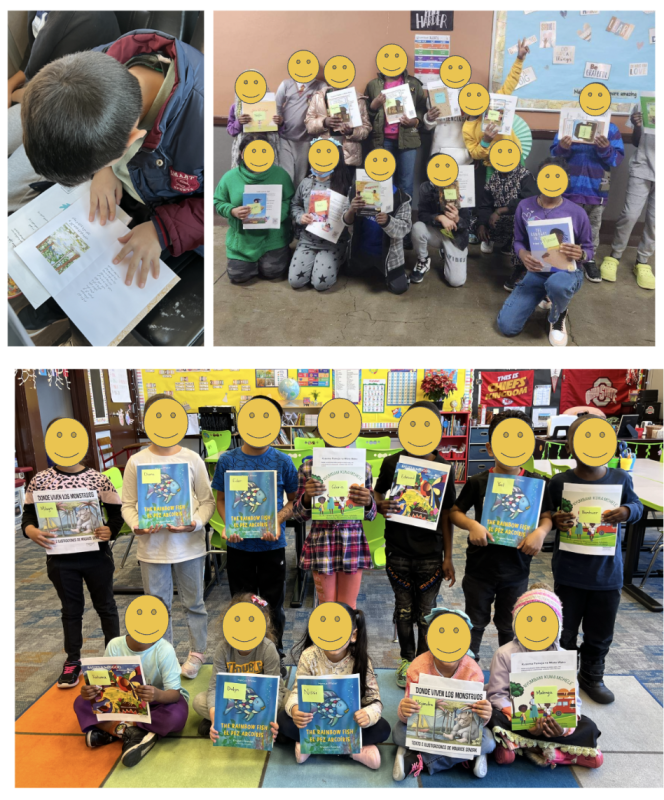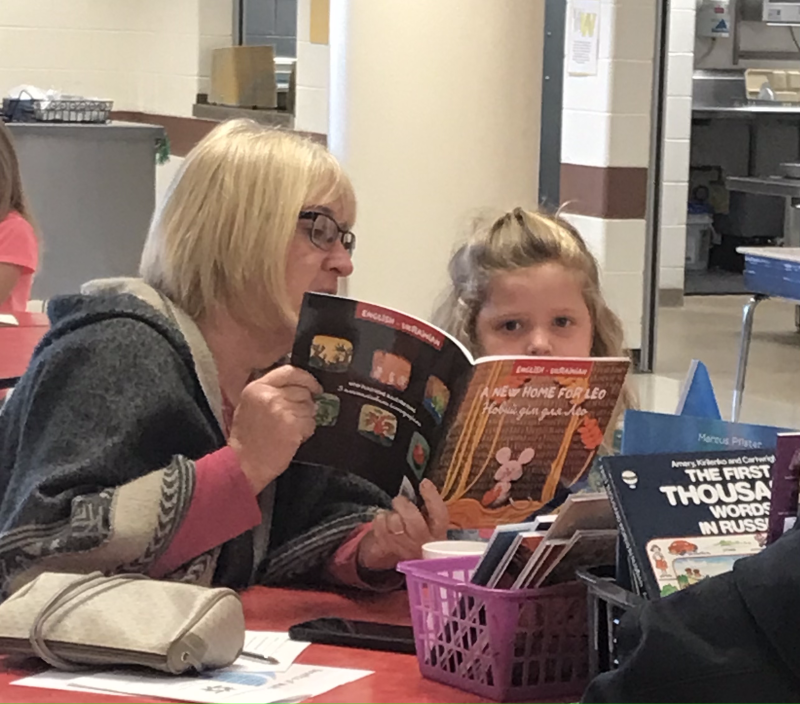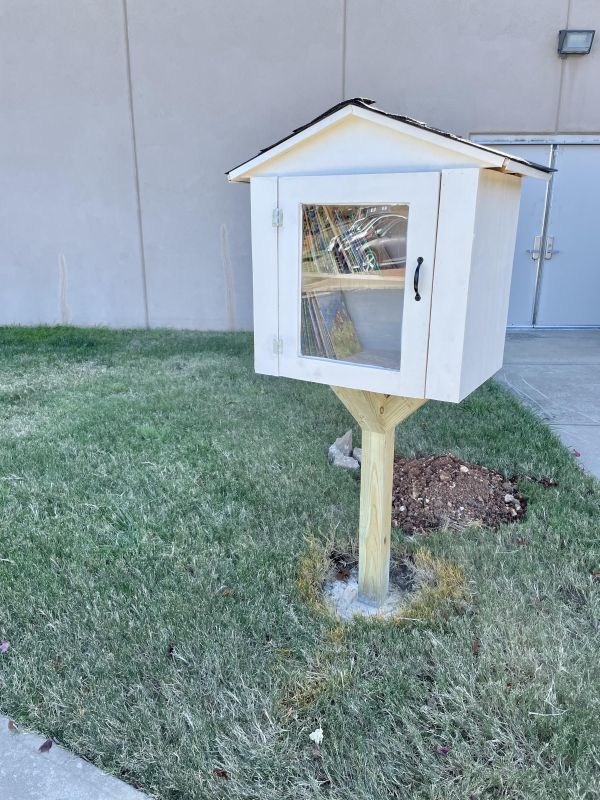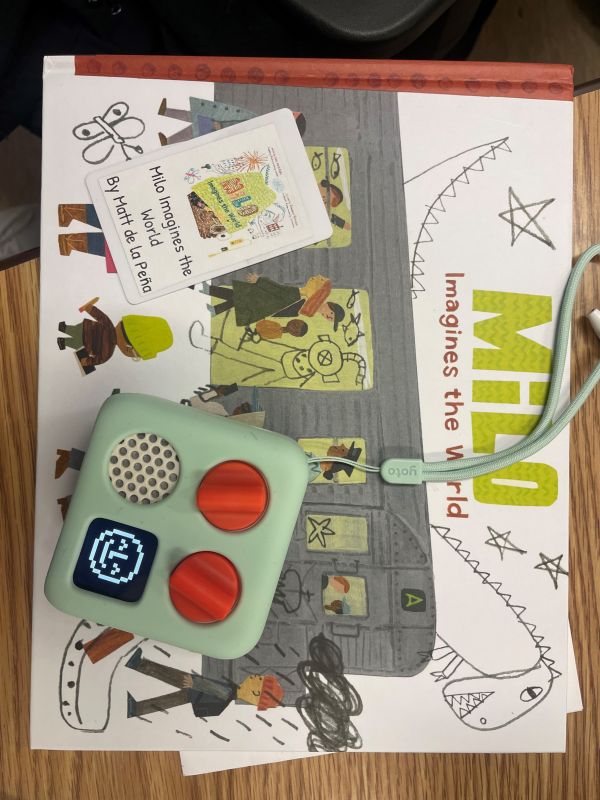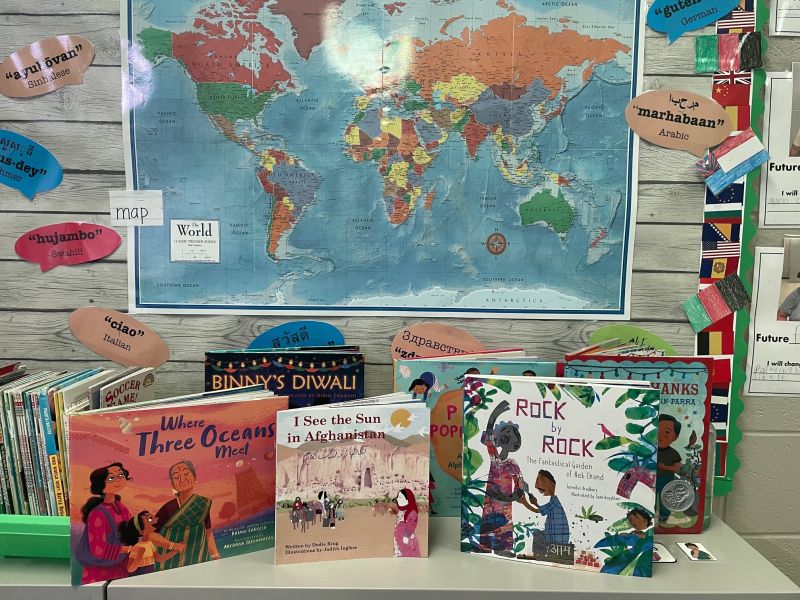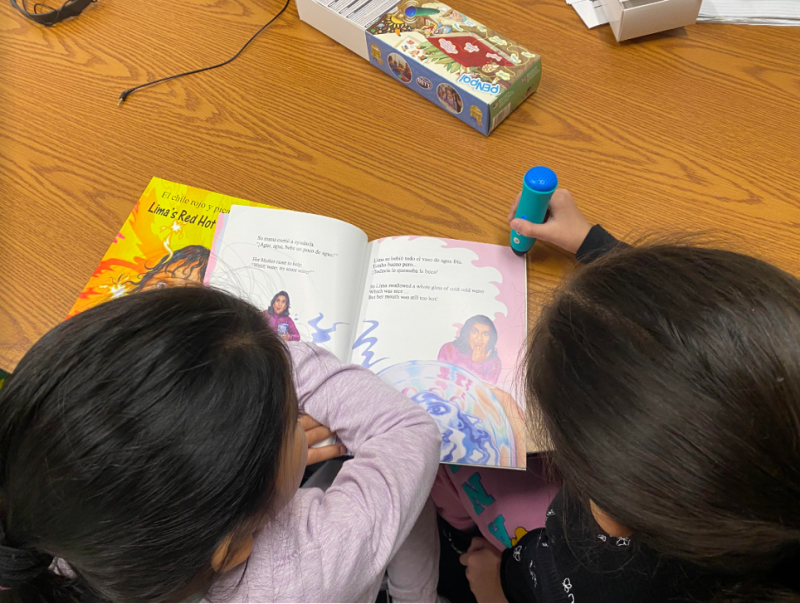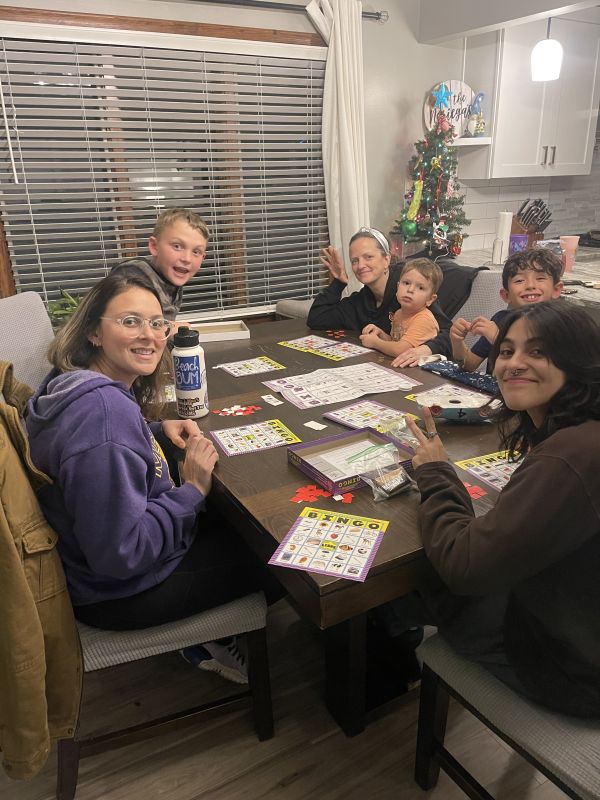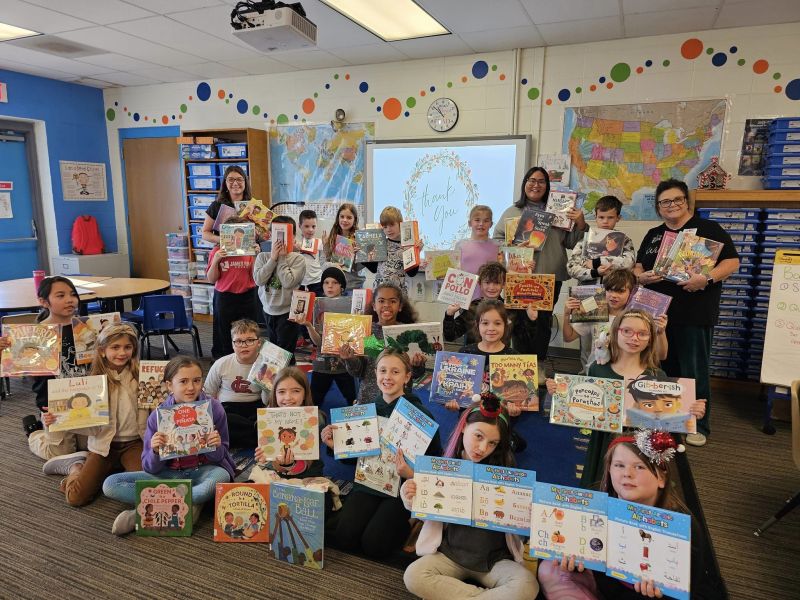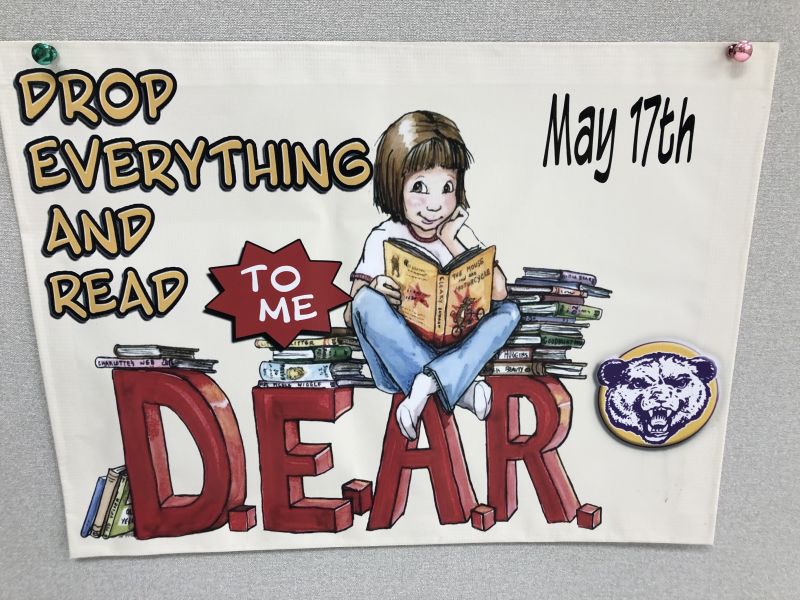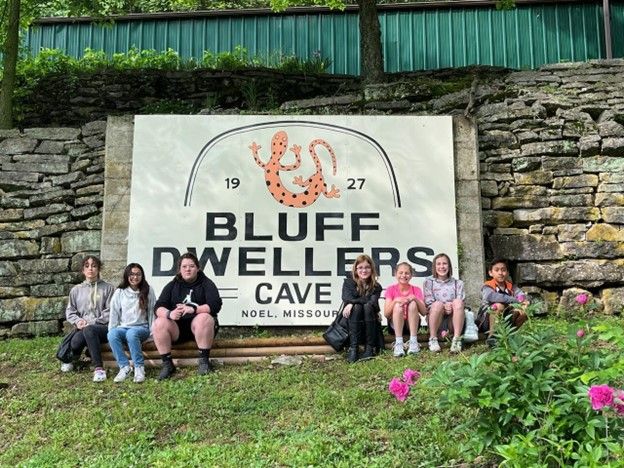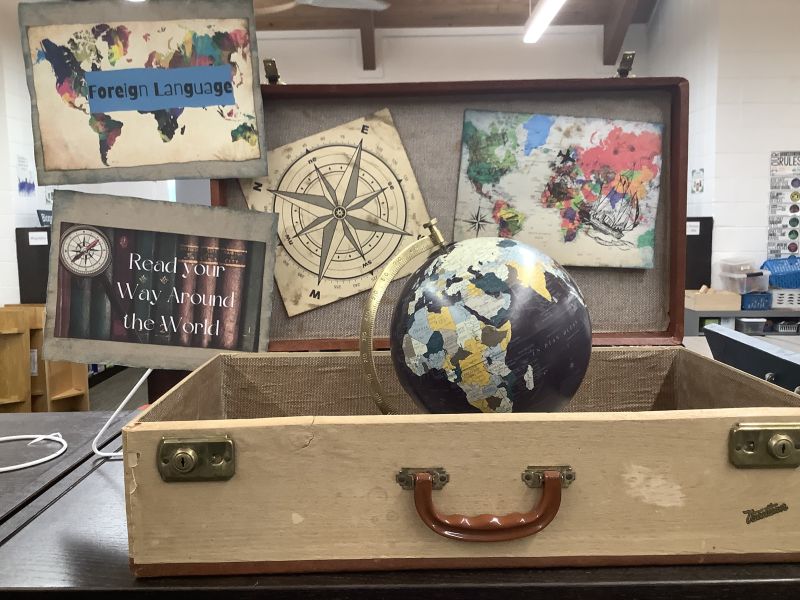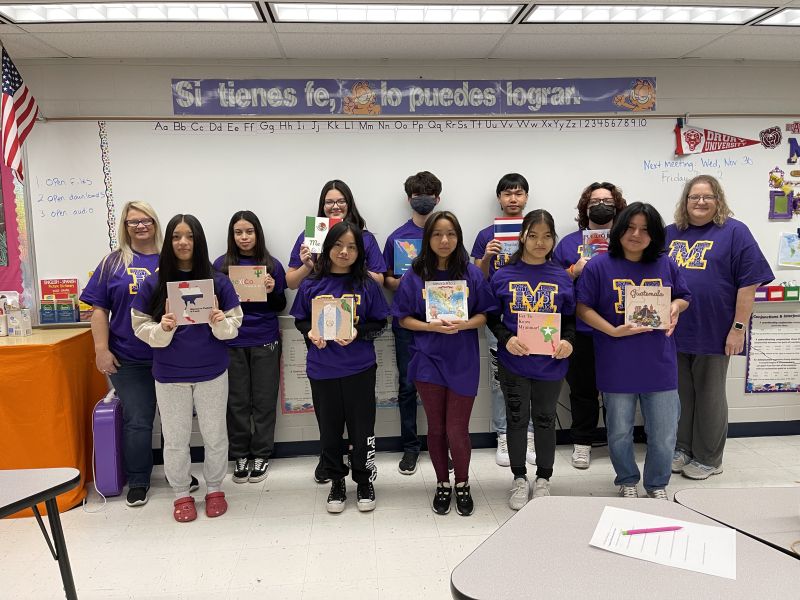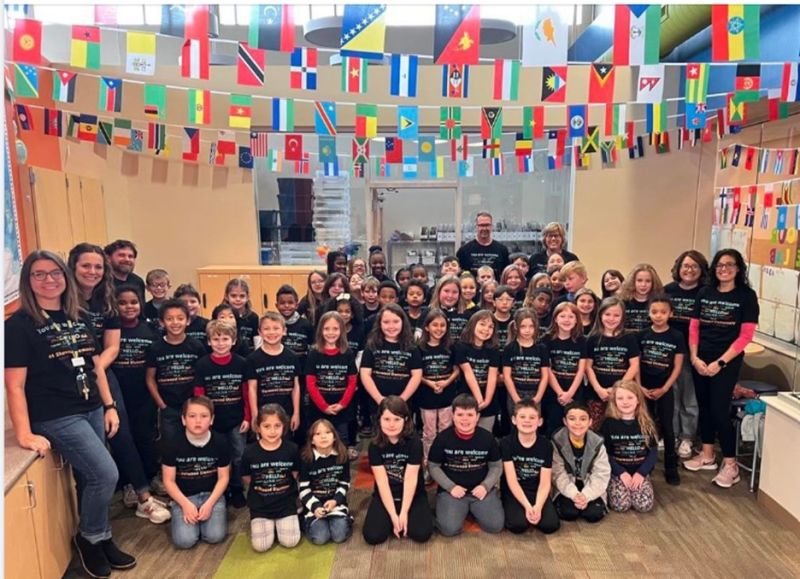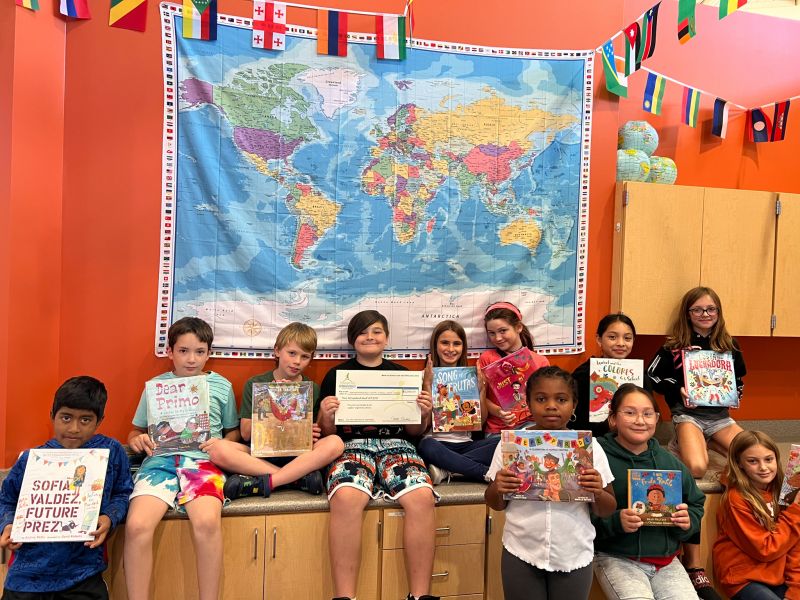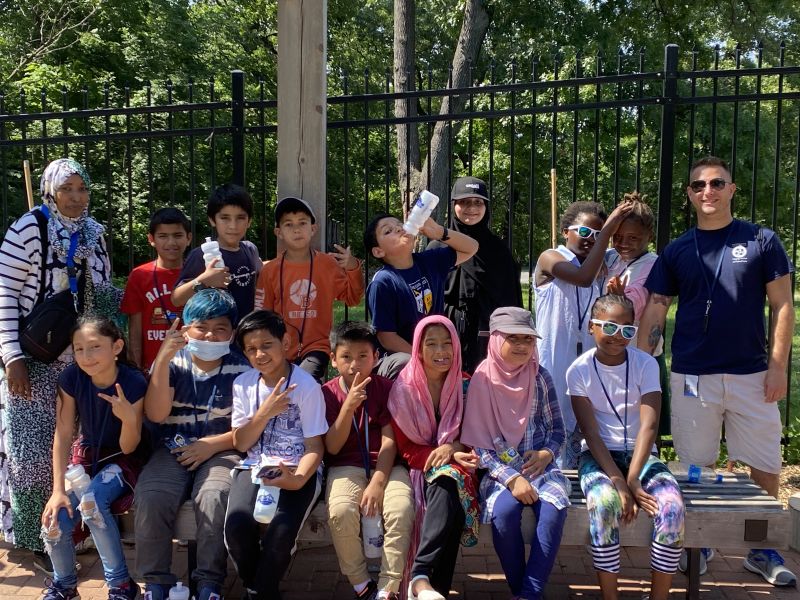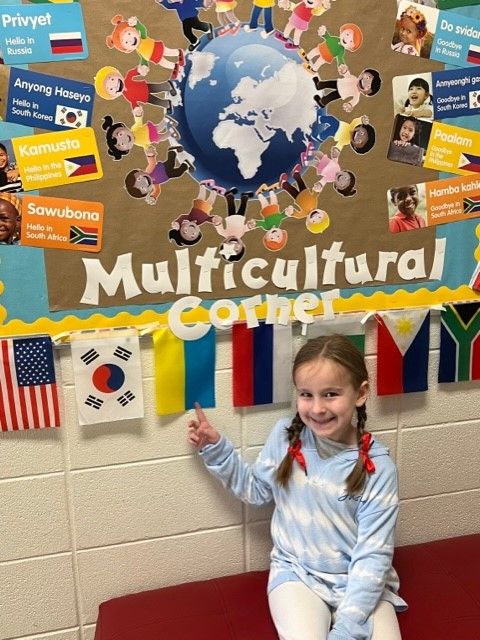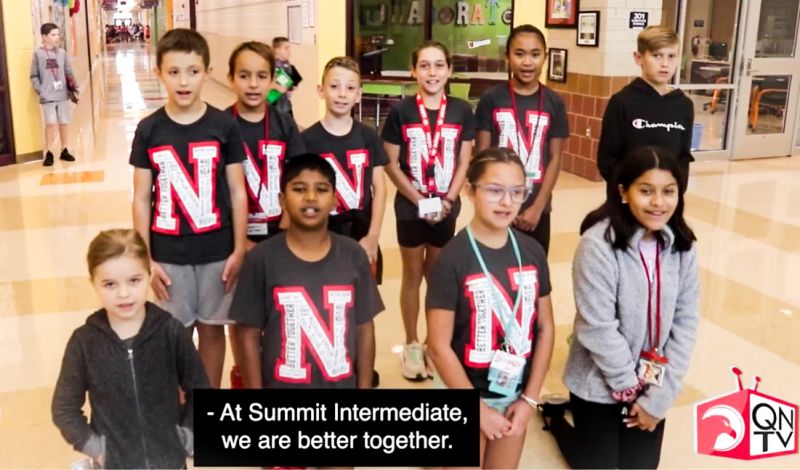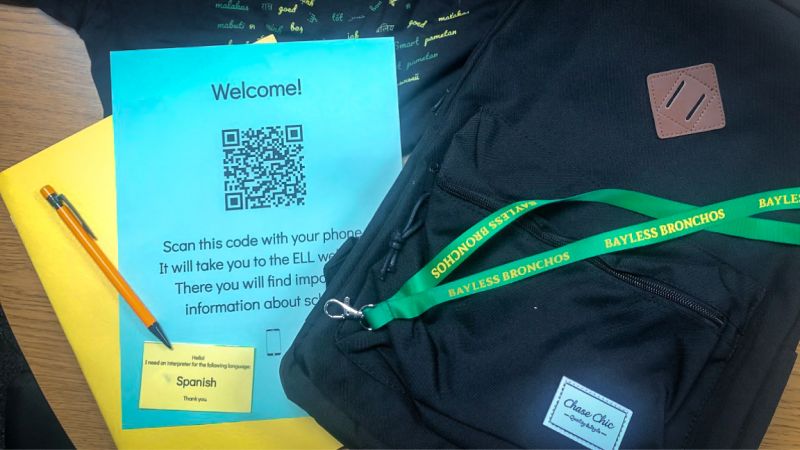Multilingual Garden Unit
Brendon Thiry, Global Academy at the International Welcome Center, Kansas City, Missouri
A community garden not only adds beauty to a school but also instills pride in the students that help build it. By utilizing best practices that teach English Learners (ELs), students explored how to design a garden. Students read academic articles from Scholastic magazines and listened to short stories in their native language using PENpals. They applied mathematical concepts to design their own garden that they shared with the class.
Goals


The primary purpose of this multilingual, interdisciplinary unit was to get students excited about learning and to foster proficiency in multiple languages. Many of my students have experienced interrupted formal education. Since many families had gardens in their home countries, students were eager to learn and easily made connections to the content. Our third through sixth grade students participated, but this project could be adapted for younger learners.
As emergent ELs, some students are not confident in their abilities to write or speak in English. However, utilizing best practices and bilingual resources, all students had the opportunity to participate meaningfully in this unit.
Timeline
Part 1- Purchasing Books and Centers


I purchased PENpal books from the company Language Lizard. As stated on their website,
"The award-winning digital PENpal Audio recorder Pen allows readers to hear content in many languages by simply touching the pen to books, charts, labels and other learning resources. You can download pre-recorded sound files for free to turn many of our bilingual picture books into 'talking books’.”
We utilized three print and digital magazine subscriptions, Scholastic News Edition 1, Storyworks 3, and SuperScience. Lakeshore math and science learning centers were purchased to support classroom lessons.
Part 2- Launching the Unit

To learn about others' experiences growing gardens, students read short texts in English and their native language utilizing Scholastic magazine articles and PENpals. They were particularly fond of World’s Wildest Plants. Prior to the grant, our school already had access to more than 15 pens and audio files from the company. With grant funding, we added materials that supported our garden theme and were compatible with the pens. Lakeshore learning centers emphasized ELA content standards (sequencing, detailed illustrations, etc.) while teaching lessons on plant life cycles and parts. I also incorporated National Geographic Science Series books (Language, Literacy, & Vocabulary) and an audio station as a supplementary listening activity.
Students planted tomato plants donated by the school principal. They learned about the main parts of a plant and how to safely transplant sprouts into a garden. Students labeled the parts of the plant in their native language before adding the English terms. Using small classroom magnifying glasses, students also got a close-up view of the plants. Students helped water and tend to the garden on a regular basis.
Part 3- Math Behind a Garden
An important part of creating a garden is understanding the math behind it. Lakeshore sells measurement, area, and perimeter learning stations to help students explore the concepts. These language friendly stations helped students develop English while promoting native language use in small groups. The company also sells a problem-solving STEM kit focused on literacy. Students explored the legend of Johnny Appleseed. Lakeshore states,
"Kids explore the legend of Johnny Appleseed, then design a fence shaped to hold the most apple trees! Our kit helps kids discover the STEM in a classic folk tale, inspiring them to use hands-on materials to design, build, and test a sturdy log fence... then improve their design like real engineers!"
Area and perimeter concepts were introduced using the Johnny Appleseed learning center. Students worked in small groups to design an enclosed space after reading the legend. I put students in mixed language groups, but each student had at least one peer who spoke the same language to facilitate collaboration and English development. Afterward, traditional strategies were modeled and taught for calculating the area and perimeter of rectangular figures. Students' numeracy skills and confidence in speaking about math grew while designing a fence that would hold the most apple trees. As a follow up activity, students created a blueprint of their ideal garden and used computers to research which flowers and vegetables would be conducive to Missouri weather in the late spring/early summer. They shared their vision of their gardens with their classmates.
Budget
What Did it Look Like?
All supplementary activities are hyperlinked (the learning centers and books are hyperlinked in the budget section).
Reflection on the Project
Although our unit was a success, there were missed opportunities that could have increased content and language learning. For example, since students frequently observed the tomato plants, I could have asked them to take daily measurements and make written observations in their native language or English. Additionally, some students found the Lakeshore learning centers too simple, so I added a descriptive writing component and utilized supplementary materials to challenge them further.


Some of the supplies purchased for our unit were not able to be utilized as expected.
Because of our summer timeframe, printed copies of the magazines from Scholastic did not arrive in time. Therefore, I had to print previous months’ stories for kids to read.
I also learned after purchasing the PENpal books that not all come with a QR code to support the bilingual audio feature.
Although designing the ideal garden layout was intended to be a fun final project, the result was not as exciting for students as expected. I should have provided a visual model and a rubric translated in each EL’s native language. If I had incorporated recorded prompts on Flipgrid or a similar platform, students would have engaged in more multilingual speaking opportunities.















